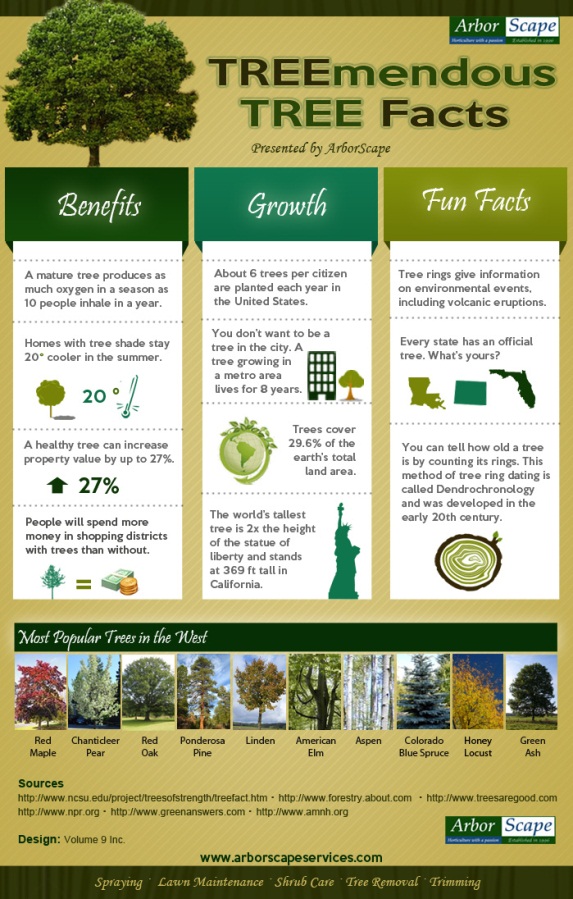Post-Tree Removal Treatment: Reliable Methods For Landscape Reconstruction
Post-Tree Removal Treatment: Reliable Methods For Landscape Reconstruction
Blog Article
Authored By- https://docs.google.com/spreadsheets/d/1vrJ9OmRSjFW3UBhjziTTx1PYjxJ1lwT2bDh8fepKH-M/edit?usp=sharing
After a tree's elimination, your landscape might look quite different, and it's important to assess the results very carefully. You'll wish to review the soil disturbance and inspect surrounding plants for any indicators of tension. Disregarding these factors can lead to larger problems down the line. So, what should you finish with those stumps and origins? And how do you pick the best plants for your rejuvenated space? Allow's discover these essential actions.
Evaluating the Results: Assessing Your Landscape
After a tree removal, it's essential to examine your landscape to comprehend the influence it has on your lawn.
Beginning by taking a look at the area where the tree stood. Try to find indications of soil disturbance, and examine the bordering plants for any type of anxiety or damages.
You must also bear in mind of just how the elimination has changed sunlight exposure and airflow in your garden. This change can affect the development of nearby plants, so it's essential to examine their health.
Think about the aesthetic elements as well; the removal might develop an open space that you can redesign.
Ultimately, consider any prospective erosion problems that might occur from the tree's absence. Dealing with these aspects early will aid restore equilibrium to your landscape.
Taking care of Stumps and Origins: Options for Removal
As soon as you've examined the consequences of the tree elimination, you'll likely need to take on the stump and origins left.
You have a couple of alternatives for elimination. One effective approach is stump grinding, where a specialist utilizes a device to grind the stump down to below ground degree. This technique leaves very little interruption to your landscape.
If https://screenrant.com/villager-house-design-ideas-tips-animal-crossing/ like a DIY technique, you can utilize a mix of digging and chemical stump cleaners. Just bear in mind, this procedure can require time and initiative.
Conversely, think about leaving the stump as an all-natural attribute, which can function as an unique yard element or environment for wild animals.
Whatever you pick, attending to the stump and roots is important for recovering your landscape.
Picking the Right Plant Kingdoms for Your New Area
As you examine your recently cleared room, selecting the right plants can substantially improve your landscape's charm and capability.
Begin by thinking about the sunshine and dirt problems. For warm locations, select drought-resistant plants like lavender or succulents. In shaded places, ferns and hostas prosper well.
Consider the dimension and growth behaviors of your plants; mix perennials and annuals for seasonal selection. Do not fail to remember to incorporate indigenous species; they require less upkeep and support neighborhood wild animals.
Group plants in odd numbers for a more natural look and create layers for visual deepness.
Finally, ensure you have a mix of colors and textures to maintain your landscape lively throughout the periods.
Satisfied growing!
Conclusion
Finally, restoring your landscape after tree removal is a satisfying process. By assessing the after-effects, addressing stumps and roots, and choosing the right plants, you'll develop a flourishing environment. Do not fail to remember to integrate disintegration control procedures to shield your dirt. With a little effort and treatment, you can transform your area right into a lively garden that boosts your residential property. Welcome the chance to invigorate your landscape and appreciate the appeal of nature right in your yard!
